Club Feet On Newborn
Clubfoot is when babies are born with 1 foot or both feet pointing down and in.

Club feet on newborn. In those affected by the condition, one or both feet are malformed at birth, turning inward and down, affecting their ability to stand, walk, balance and perform other essential functions. Most of the time, it is not associated with other problems. Talipes calcaneovalgus (dorsal flexion of the forefoot with the plantar surface.
Clubfoot can range from mild to severe. Their toes point toward the opposite leg, and the bottom of their feet face inward. Though treatments are available, including exercise, physical therapy, use of braces or casts, and even surgery in some cases, there is no.
It is not painful for the infant, but requires treatment. There is currently no known cause of idiopathic clubfoot, but baby boys are twice as likely to have clubfoot compared to baby girls. Jun 15, 17 - My baby JayeAnna was born with sacral agenesis.
Watch this video to know everything about clubfoot in babies, right from the causes, symptoms, and treatment. It requires only skill, patience and plaster. Clubfoot or congenital talipes equinovarus is a congenital foot deformity where the baby’s foot is twisted because the tissues that connect the muscle to the bones are shorter than usual.
The well-treated clubfoot is no handicap and is fully compatible with a normal, active life. The frequency of congenital clubfoot is approximately 1 per 1,240 live births. Louis Children’s Hospital’s Center For Foot Disorders at 314.454.5437 or 800.678.5437.
While clubfoot does not cause pain, it can cause long-term problems if left untreated, affecting the child's ability to walk normally. Clubfoot develops because the tendons in your baby's leg and foot are shorter and tighter than normal. It is much more common for a baby to have a foot turned inward due to positioning, but these feet are very flexible and can easily be straightened with gentle manipulation.
Clubfoot is a birth defect that causes your baby's foot to point down and be turned inward. This elasticity of the tape promotes movement for children with clubfoot, allowing for mobility in all directions. A thorough examination can be performed quickly.
The condition, also known as talipes equinovarus, is fairly common. This condition affects one in every 1,000 births. The goal of treatment is to improve the way your child's foot looks and works before he or she learns to walk, in hopes of preventing long-term disabilities.
However, if clubfoot is properly treated, the deformity can often be cured in early childhood. Diagnosis of clubfoot in newborns. This may lead to pain and difficulty walking.
Most babies who are born with clubfoot are healthy in all other ways;. It is common birth defect. Key points about clubfoot in children.
Your baby's foot bones, muscles, tendons, and blood vessels may also be affected. It’s when one or both feet are turned inward. The heel would be pointing in or upward.
Our specialists at Schoen Clinic have many years of experience in treating foot malpositions in children. If the infant has bilateral club feet (both feet are involved), the soles of the feet face each other. In children with clubfoot, there is a subtle imbalance in muscle forces in the lower leg resulting in the foot deformity.
The Doctor takes the baby’s foot in his or her hands and stretches the medial ligaments slightly and holds the foot in place while an assistant applies a cast. This foot can be twisted so seriously that in some cases it appears as if it is upside-down. Talipes equinovarus (adduction of the forefoot, inversion of the heel and plantar flexion of the forefoot and ankle);.
Clubfoot represents the most frequent congenital foot malposition, occurring in 1 in every 1000 newborns. Illustration of a baby with a club foot. Kinesiotape is an elastic, cloth tape with a paper backing.
An examination of the feet is an essential component of an evaluation of a newborn. She is very strong and is doing great. See more ideas about Club foot, Awareness, Club foot baby.
Children with a family history of the condition are more likely to be born with it. Despite its small size, the newborn foot is a complex structure. It is not clear exactly what causes talipes.
Clubfoot is a birth defect that causes a child’s foot to point inward instead of forward. Approximately 50% of cases of clubfoot affect both feet. Popular theory postulates that a clubfoot is a result of intrauterine maldevelopment of the talus that leads to adduction and plantarflexion of the foot.7 Clubfoot occurs in one to two per Newborn.
Clubfoot (also called talipes equinovarus) is a birth defect of the foot. Louis Children’s hospital gives a step-by-step tutorial outlining kinesiotaping techniques for clubfoot. Enjoy the videos and music you love, upload original content, and share it all with friends, family, and the world on YouTube.
Club foot or club feet is a congenital deformity which one or both feet appear to be rotated internally at the ankle. The top of the foot is usually twisted downward and inward, increasing the arch and turning the heel inward. Clubfoot describes a range of foot abnormalities usually present at birth (congenital) in which your baby's.
About 1 in 3 of them have it in both feet. Clubfoot is a congenital condition (present at birth) that causes a baby’s foot to turn inward or downward. Clubfoot causes the heel to point downward while the front half of the foot (forefoot) turns inward.
The affected foot and leg may be smaller in size compared to the other. Clubfoot doesn’t cause pain, but if it’s not treated, it can make it hard for a. The first cast is put on a week or two after the baby is born.
Ikiki Squeaky Shoes for Toddlers with On/Off Squeaker Switch. The condition is normally identified after birth, but doctors can also tell if an unborn baby has clubfoot. Clubfoot is a deformity of the foot and lower leg.
It can be mild or severe (in severe cases the foot can look as if it’s upside down), and it can affect one foot or two. As a paediatrician, it is routine to check newborns for clubfoot. It can happen in one or both feet.
Clubfoot is a birth abnormality that causes a newborn baby's feet to point down and inward. Without treatment, the foot remains deformed, and people walk on the sides of their feet. 4.4 out of 5 stars 273.
Therefore I have been doing research and wanted to share her story as much as possible. 1 baby in 30 is born with one or more major birth defects. In babies who have clubfoot, the tendons that connect their leg muscles to their heel are too short.
Club foot can't be treated before birth, but picking up the problem during pregnancy means you can talk to doctors and find out what to expect after your baby is born. Doctors usually diagnose it immediately. In clubfoot patients, we address the plantar flexion and.
Talipes equinovarus (once called club foot) is a deformity of the foot and ankle that a baby can be born with. Clubfoot, also known as talipes equinovarus, is a relatively common congenital malformation occurring in approximately 1:1000 births. These tight tendons cause the foot to twist out of shape.
Clubfoot is a deformity in which an infant's foot is turned inward, often so severely that the bottom of the foot faces sideways or even upward. Club foot affects the bones, blood vessels, muscles and tendons in the child’s foot. The casting phase and the bracing phase.
A child can be born with the condition in a single foot or a bilateral clubfoot, where both feet of the baby are twisted inwards. Club foot is usually diagnosed after a baby is born, although it may be spotted in pregnancy during the routine ultrasound scan carried out between 18 and 21 weeks. Often, the foot is "kidney-shaped." About 50 percent of the time, both feet are affected with clubfoot.
The front half of an affected foot turns inward and the heel points down. For example, bracing hours will be longer for a newborn that was corrected in three weeks as opposed to an older child that is already walking when correction is achieved. Do you suspect your baby may have clubfoot?.
This congenital anomaly is seen in one out of every 1,000 babies, with half of the cases of club foot involving only one foot. Both genetic and environmental factors are believ. In some cases, it looks like the baby’s foot is upside down.
To learn more or to schedule an appointment, contact St. 4.7 out of 5 stars 4,032. In an infant born with clubfoot:.
They will need prompt medical treatment. If your baby has a clubfoot, make sure that your orthopedic surgeon has had this training. Club Foot Symptoms In the majority of cases, the deformity twists the very top of the baby’s foot inward and downward, which turns the heel inmost as well as increases the arch.
The Center For Foot Disorder uses two distinct stretches for your child’s clubbed foot, the ankle dorsiflexion, and the ankle inversion and eversion. Awareness Ribbon Print Liverpool Bullet Textured Stretch Knit Fabric,Baby Headwrap Fabric By Half Yard,Clubfoot Awareness kjtwins. Clubfoot is invariably genetic defect inherited by birth.
With early treatment, the condition known as clubfoot can be corrected, and your child will be able to walk and run with the best of them. It can be mild or severe and occur in one or both feet. Paul Jenkins, one of the physical therapists at St.
The cause of clubfoot is unknown. While some use CTEV and clubfoot (CF) synonymously, in certain publications term clubfoot is considered a more general descriptive term that describes three distinct abnormalities:. However, a small percentage of children may still have structural abnormalities in their feet, even after.
2nd baby and found out at our week scan she will be born with bilateral club feet. It’s when a baby’s foot turns inward so that the bottom of the foot faces sideways or even up. My son hated a pacifier and would not take a bottle I hope she will take a.
The term talipes equinovarus describes a deformity in which the newborn's foot is poorly developed in relationship to the leg. Neurogenic clubfoot is caused by an underlying neurologic condition. … How is Clubfoot Corrected?.
This happens because the tissues that connect muscles to bone (called tendons) in your baby’s leg and foot are shorter than normal. Importantly, the underlying cause of clubfoot is a muscle developmental and growth problem, so it is very important that children who are using the brace maintain some degree. 1 Newborns with a club foot are often treated with bracing, physical therapy, casting, or surgery.
The exact cause is usually not identified. Approximately one infant in every 1,000 live births will have clubfoot, making it one of the more common congenital (present at birth) foot deformities. Club foot is a birth defect with a relatively high incidence rate.
The top of the foot twists downwards and inwards the arch is more pronounced and the heel turns inward in severe cases, the foot may look as if it is upside-down the calf muscles tend to be underdeveloped if only one foot is affected, it is usually slightly shorter. The Ponseti Method The Ponseti Method is a simple, and in skilled hands, very effective method of treating clubfeet. In most cases, it is diagnosed by the typical appearance of a baby's foot after they are born.
Club foot is the condition of foot deformity of the newborn child in which either or both the feet will be twisted or bent towards the toes inward. Clubfoot is a congenital foot deformity that affects a child’s bones, muscles, tendons, and blood vessels. One of the complications that she has because of this is club feet.
In severe cases, the foot is turned so far that the bottom faces sideways or up rather than down. An infant with clubfoot. One or both feet may be affected.
The majority can be treated in six to eight weeks using casts and gentle manipulation Parents of infants born with clubfeet may be reassured that their baby, if otherwise normal, when treated by expert hands will have normal looking feet with normal function for all practical. A birth defect in which a child’s foot points downward and twists inward. Clubfoot resembles the head of a golf club, which is how it got its name.
Surgery used to be the main treatment for clubfoot, but orthopedic surgeons (doctors who focus on conditions of the bones, muscles, and joints) now prefer the Ponseti method.This is done in two phases:. Often, the following can help relax the tendons:. Structural clubfoot deformity is when the foot is pointing down, turned in and twisted.
Clubfoot is a common birth defect. 4.5 out of 5 stars (2,917) 2,917 reviews. Club feet is a common tendon flaw in foals and with early treatment, especially in mild cases, can have a good outcome.
What are the necessities you found you needed to help your baby with club feet?. Clubfoot is a congenital deformity, which means you’re born with the condition. A clubfoot cannot be straightened simply by moving it around.
Clubfoot is a birth defect that makes one or both of a baby's feet point down and turn in. Clubfoot is a birth defect where one or both feet are rotated inward and downward. When we diagnose clubfoot, we distinguish whether the clubfoot is a structural one or a positional one.
Sale Price $6.29 $ 6.29 $ 8.99 Original Price $8.99 (30% off). Because your newborn's bones, joints and tendons are very flexible, treatment for clubfoot usually begins in the first week or two after birth. The word “club-foot” refers to the shape of head of golf club and that is how the shape of newborn child looks like.
The Ponseti method is done in two phases:. BENHERO Baby Newborn Crib Cozy Fleece Winter Booties Non Skid Soft Sole Shoes Warm Winter Socks. 1-16 of 158 results for "clubfoot shoes" Price and other details may vary based on size and color.
Both feet are bilateral.

Clubfoot Wikipedia

Talipes Babycentre Uk

Clubfoot Causes And Treatments
Club Feet On Newborn のギャラリー

The Newborn Foot American Family Physician

Clubfoot Photos The Clubfoot Club

Club Foot Interactive Health
Q Tbn 3aand9gcqfbf Tw7mgf8 Pepof9qwj Szroifzfxqhzgbd1q0a8vuxyewp Usqp Cau
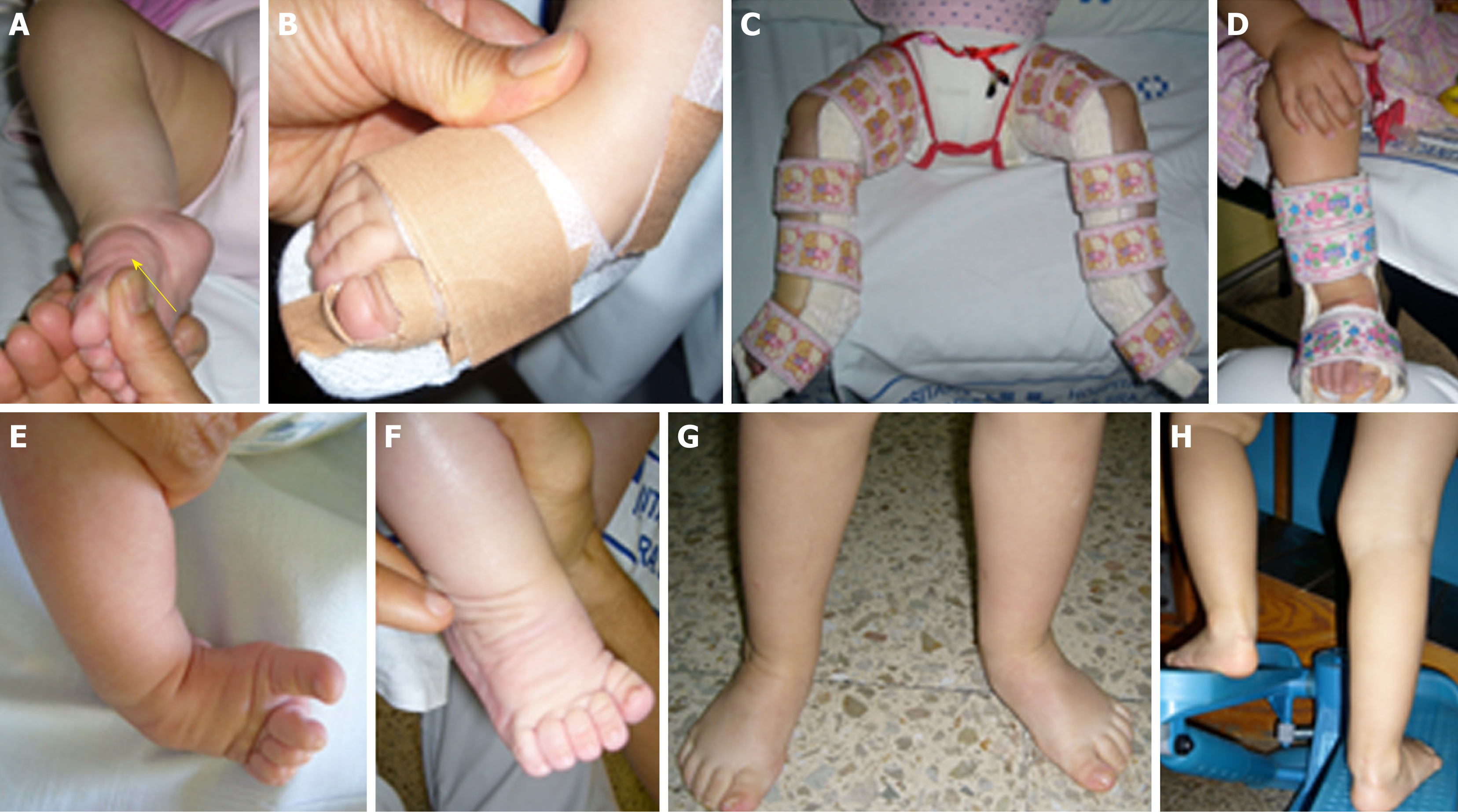
Functional Physiotherapy Method Results For The Treatment Of Idiopathic Clubfoot
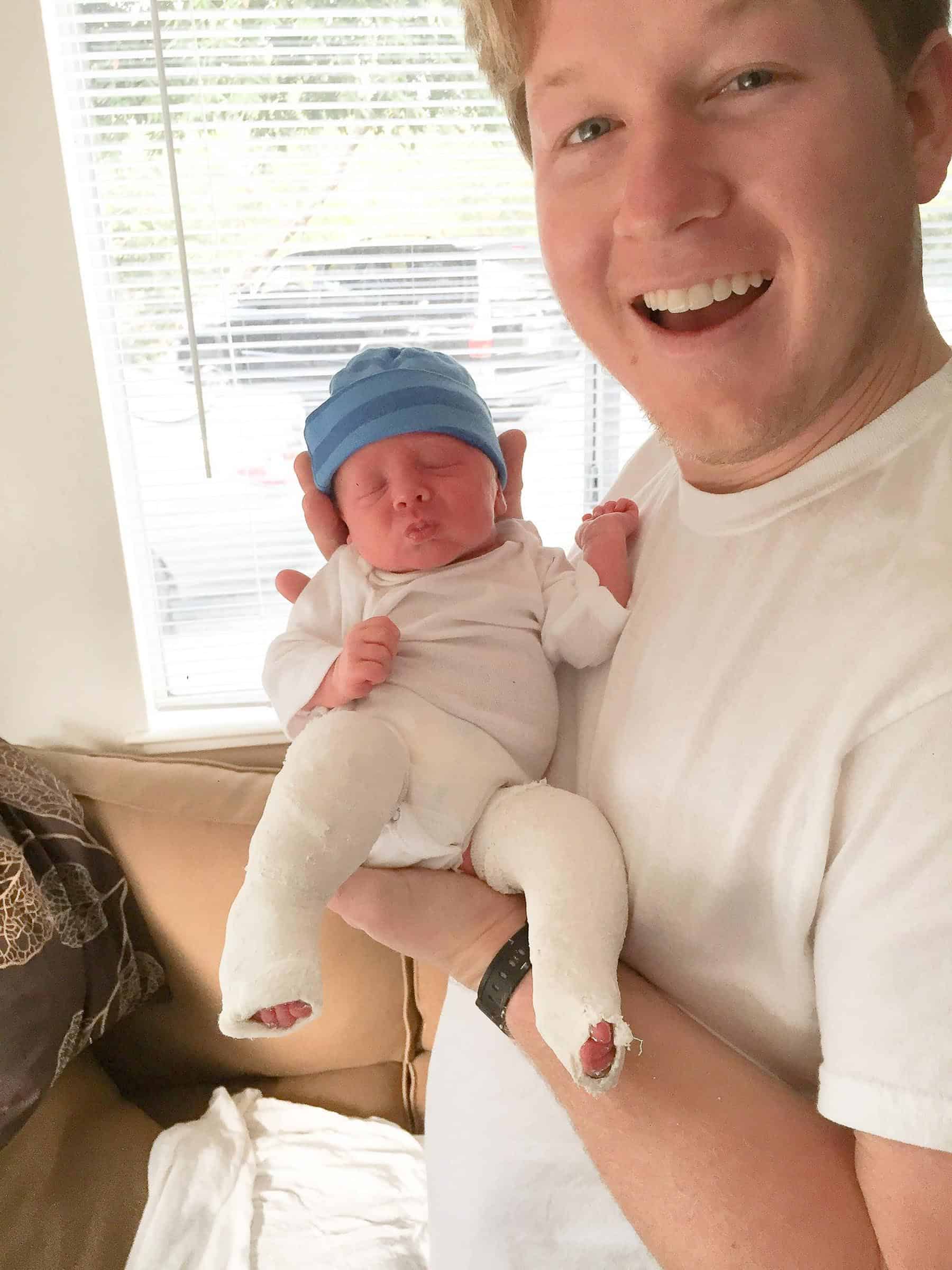
Why My 4 Year Old Is In Full Leg Casts A Wheelchair Tastes Lovely

Club Foot Symptoms And Treatment

Clubfoot Johns Hopkins Medicine
Clubfoot Orthoinfo os
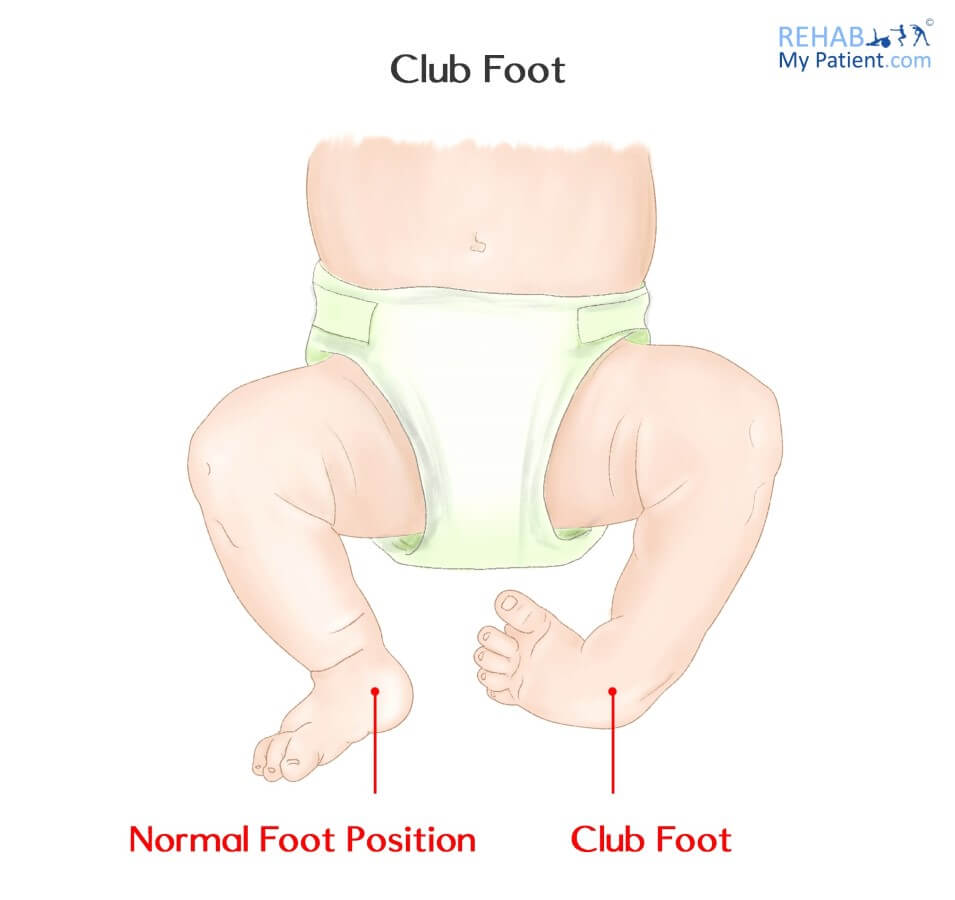
Club Foot Rehab My Patient

A F Photographs Show A Newborn With Bilateral Clubfeet A The First Download Scientific Diagram
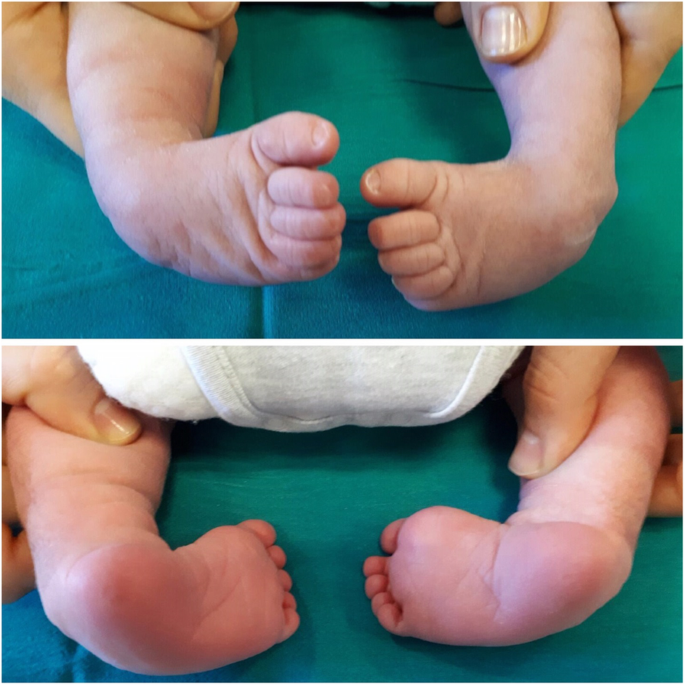
What A Paediatrician Should Know About Congenital Clubfoot Italian Journal Of Pediatrics Full Text

Why Are My Baby S Feet Turned In And How Can It Be Corrected Madeformums

Friday Repro Tip Newborn Pups Club Hamby Road Animal Hospital Facebook

Braden S Story Clubfoot Solutions
:max_bytes(150000):strip_icc()/clubfoot_before-56a6fb603df78cf7729142e3.jpg)
Photos Of Babies With A Clubfoot

Club Foot Talipes In Babies Causes Signs Treatment Youtube

When Your Child Has Clubfoot

Talipes Club Foot Parents Powwow

Club Foot
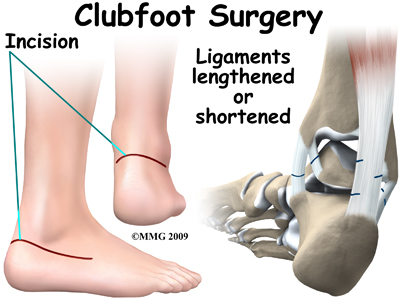
Physical Therapy In Long Island For Pediatric Issues Clubfoot

How Parents And The Internet Transformed Clubfoot Treatment Shots Health News Npr
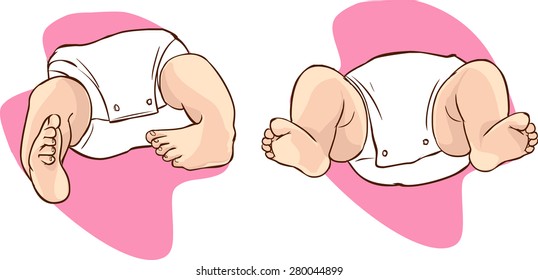
Club Feet Images Stock Photos Vectors Shutterstock

Learning About Club Foot

Club Foot

Club Foot Nhs
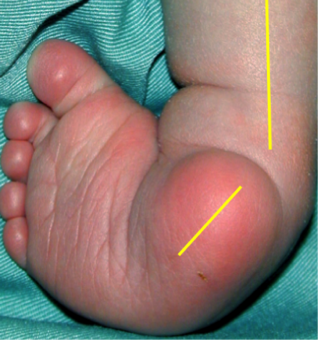
Assessing Children With Clubfoot Physiopedia
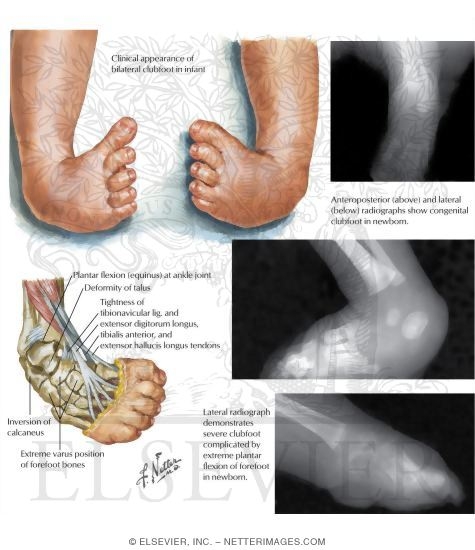
Congenital Clubfoot
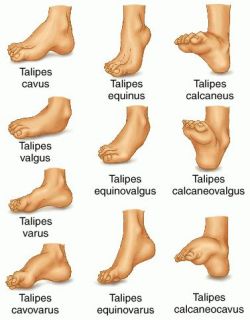
Congenital Talipes Equinovarus Clubfoot Nursing Care Management Nurseslabs
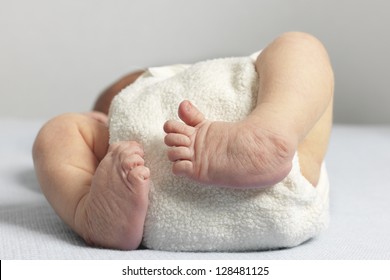
Club Feet Images Stock Photos Vectors Shutterstock
Clubfoot Orthoinfo os

Photos Of Babies With A Clubfoot
/GettyImages-976611020-532e1800b14b4c89aec1f2f6a855f199.jpg)
Newborn Baby Foot Problems And Deformities
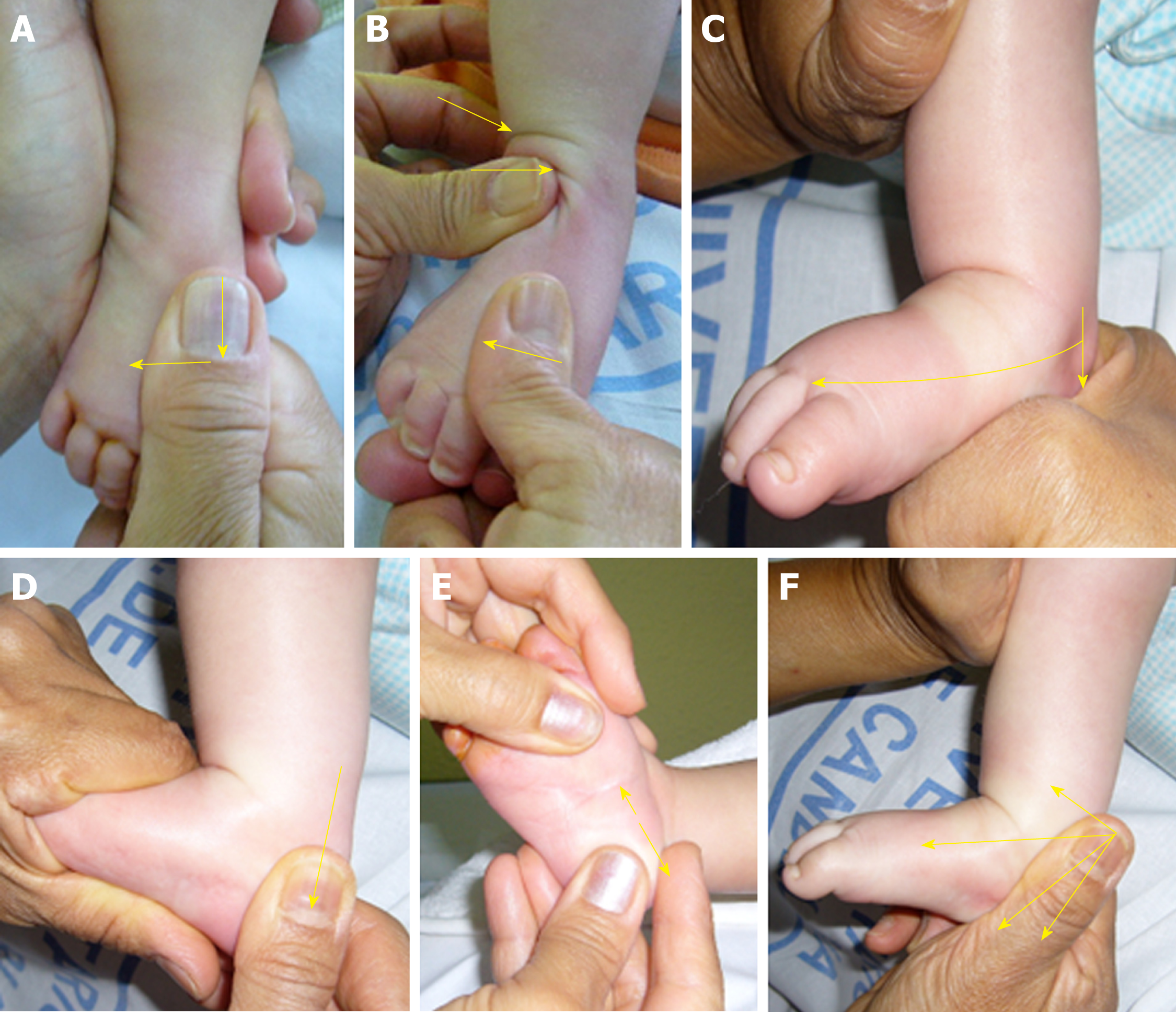
Functional Physiotherapy Method Results For The Treatment Of Idiopathic Clubfoot

Congenital Idiopathic Talipes Equinovarus American Academy Of Pediatrics
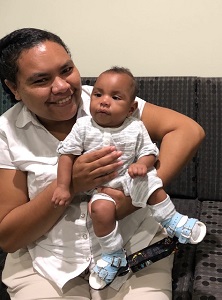
Clubfoot In Newborns Paedicare Paediatricians
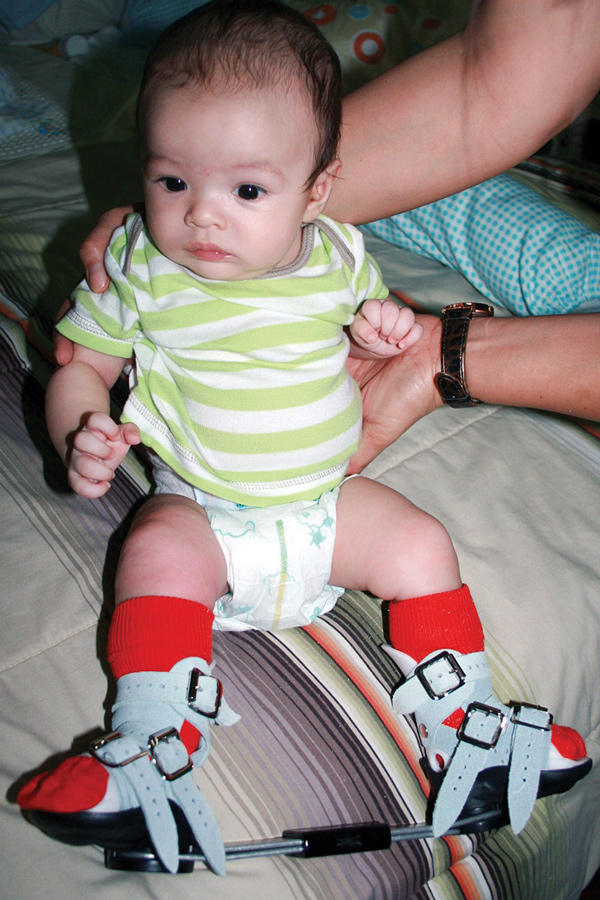
Gait Analysis For Clubfoot May Reveal Long Term Issues Lower Extremity Review Magazine
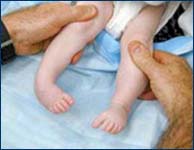
Clubfoot International Center For Limb Lengthening
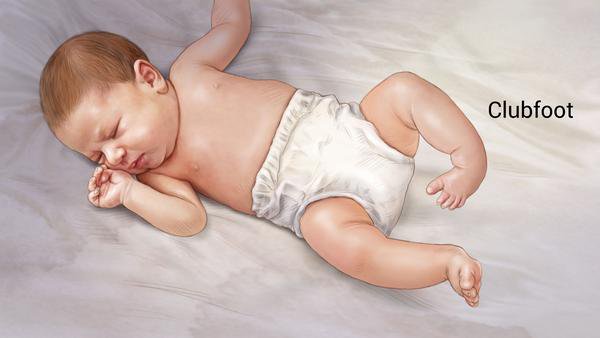
A Moms Tips On Dealing With Clubfoot Things To Do With Kids Things To Do With Kids

Clubfoot Articles And Images About Club Foot Club Foot Baby Baby Feet
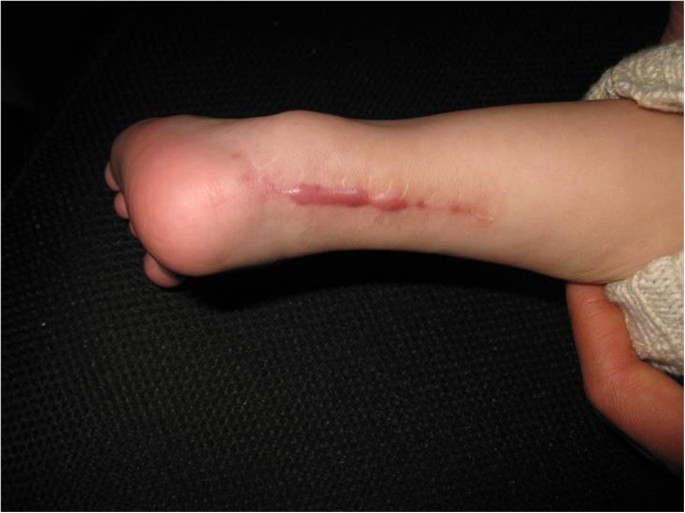
Manipulation And Brace Fixing For The Treatment Of Congenital Clubfoot In Newborns And Infants Bmc Musculoskeletal Disorders Full Text
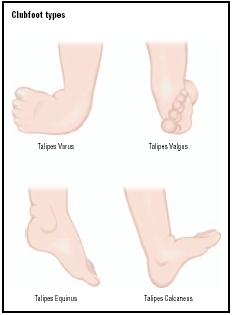
Clubfoot Symptoms Stages Definition Description Demographics Causes And Symptoms Diagnosis
/clubfoot_before002-56a6fb5f5f9b58b7d0e5d484.jpg)
Photos Of Babies With A Clubfoot
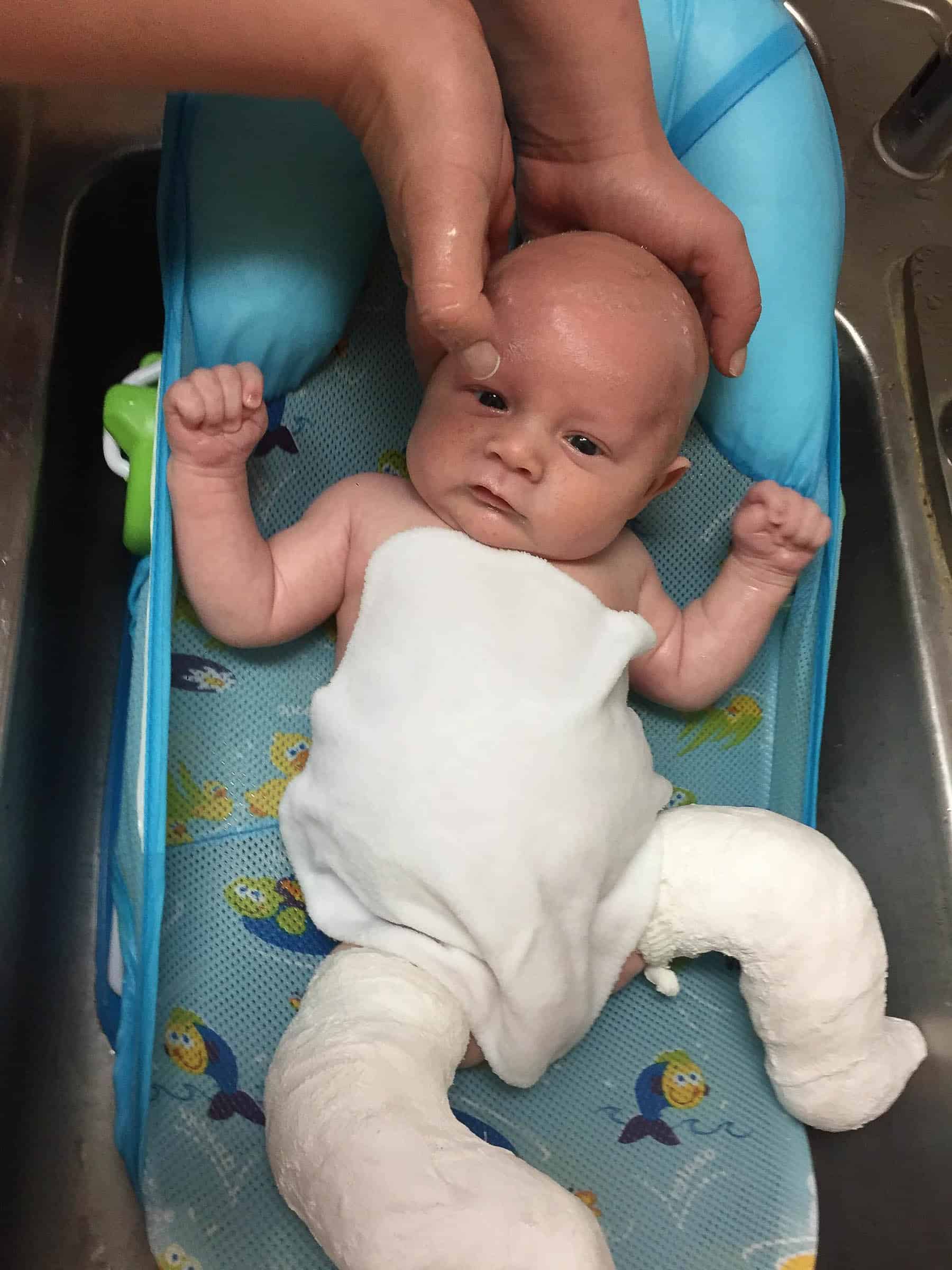
Why My 4 Year Old Is In Full Leg Casts A Wheelchair Tastes Lovely

Club Foot Symptoms And Treatment

Cubit S Organic Living Football Pajamas Club Foot Baby Baby Leg Warmers Hip Dysplasia Baby

Ponseti Method For Clubfoot Youtube
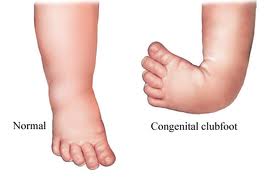
Introduction To Clubfoot Physiopedia
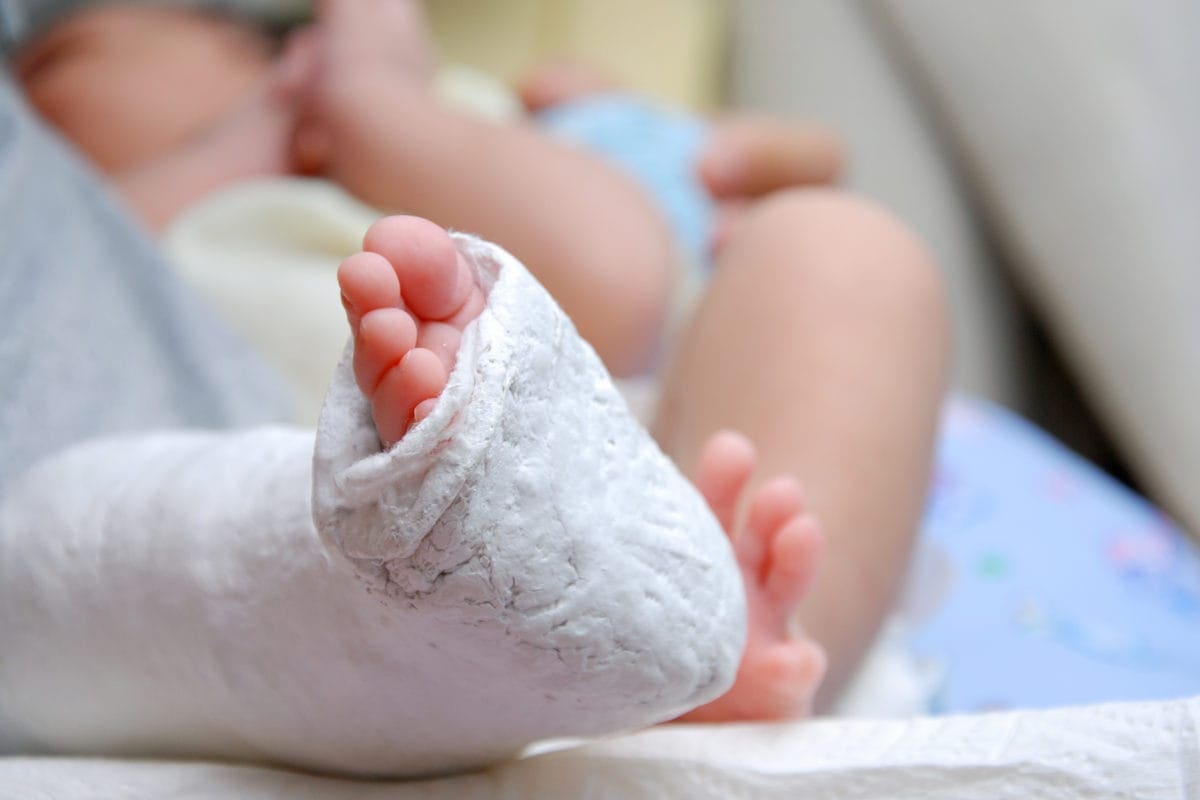
What Is Clubfoot Symptoms And Treatment Familydoctor Org
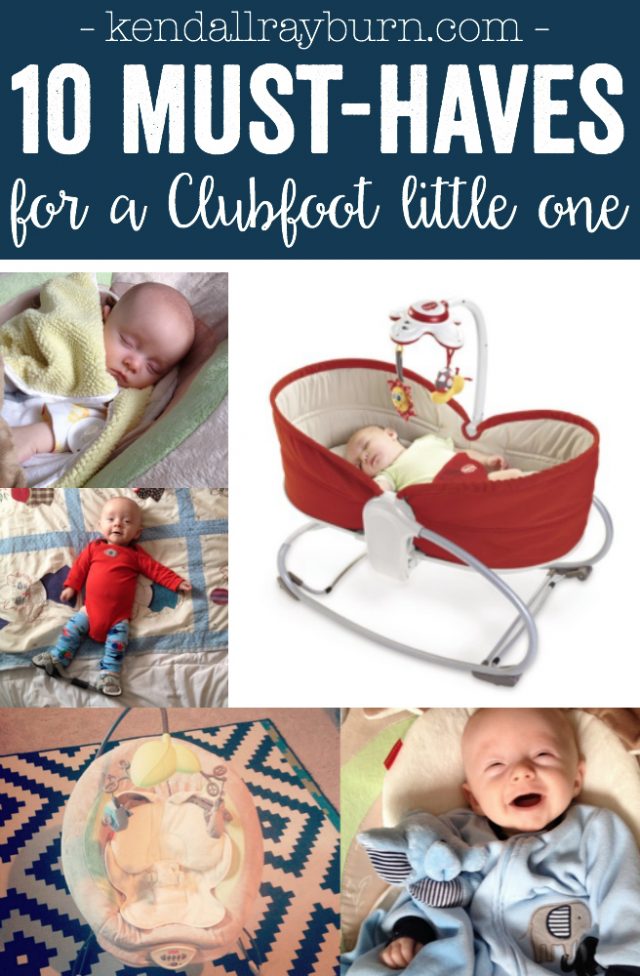
Clubfoot Baby Must Haves Kendall Rayburn

Raising A Newborn With Casts Kayla Vanaman

Clubfoot Congenital Talipes Equinovarus Pediatrics Orthobullets

Clubfoot Clubfoot Also Known As Pediatric Interesting Cases And Mcqs Facebook

Clubfoot Causes And Treatments
.jpg)
How Is Clubfoot Treated Crofton Md Foot Doctor
:max_bytes(150000):strip_icc()/clubfoot_after-56a6fb603df78cf7729142e6.jpg)
Photos Of Babies With A Clubfoot

Congenital Talipes Equinovarus Clubfoot Sydney Children S Hospitals Network
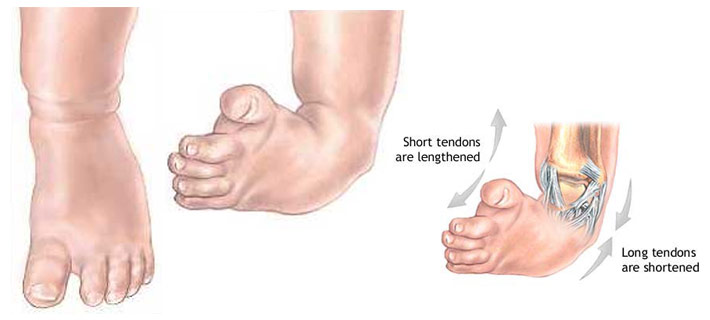
Congenital Talipes Equinovarus Clubfoot Nursing Care Management Nurseslabs
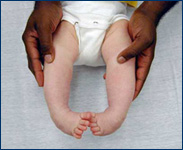
Clubfoot International Center For Limb Lengthening

Problems Of The Foot In Newborn Kidsbonedoctor

Clubfoot And Trying The Clubfoot Club
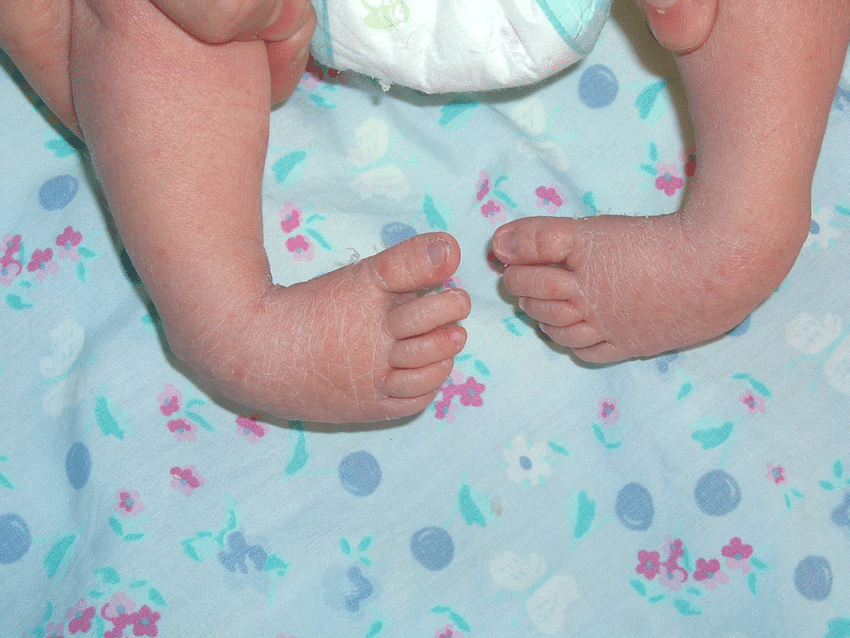
Congenital Talipes Equinovarus Clubfoot Nursing Care Management Nurseslabs
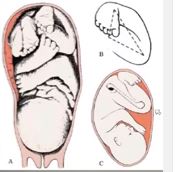
Introduction To Clubfoot Physiopedia
Q Tbn 3aand9gctp62jgxdlybgwfyvfzh Y3p9jo177qwhalpgcofoygxaj3mncw Usqp Cau

Clubfoot Photos The Clubfoot Club
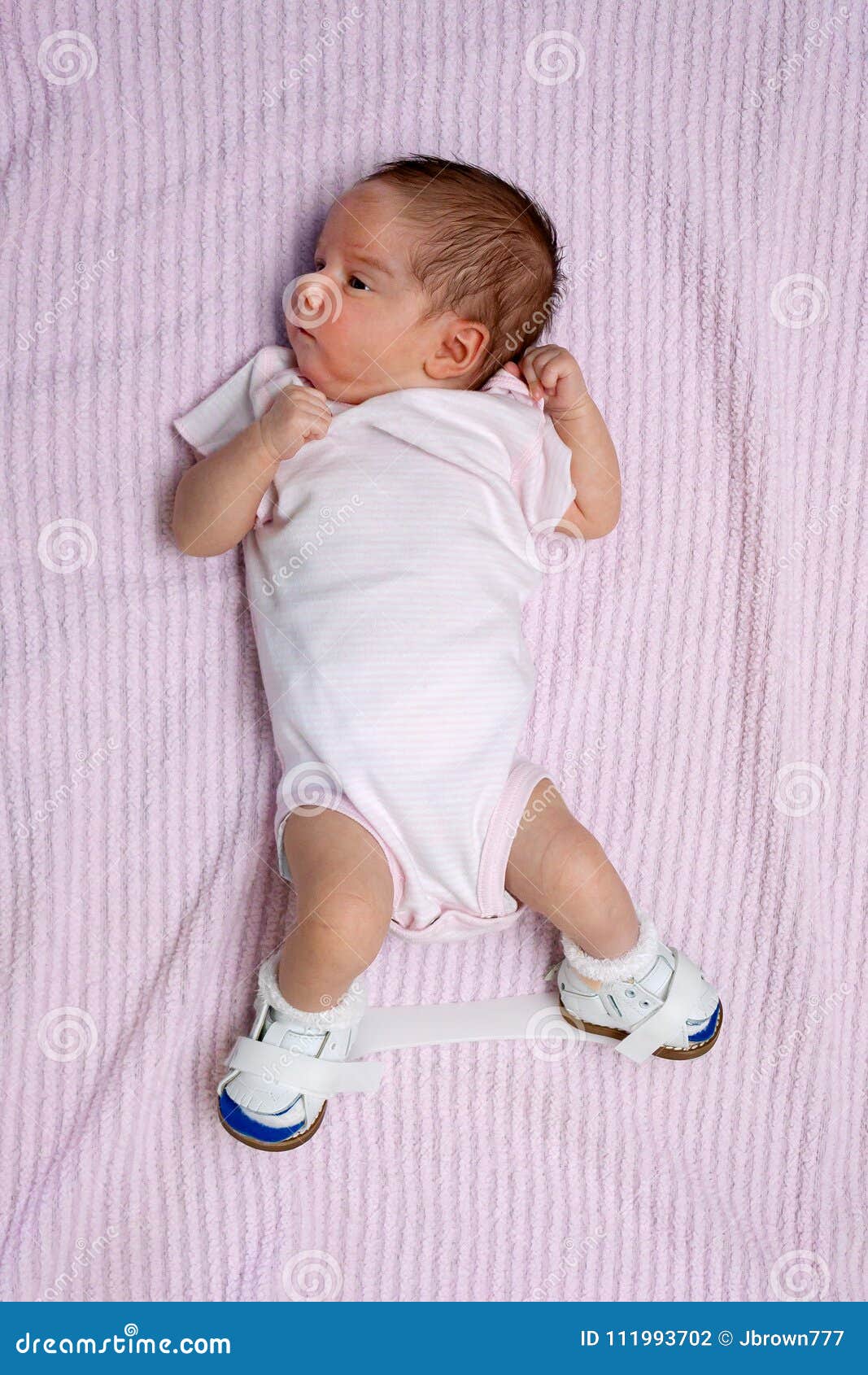
Newborn With Club Foot Wearing Orthopedic Shoes Stock Photo Image Of Congenital Footwear

Clubfoot For Parents Nemours Kidshealth

Orthopedic Clubfoot Care Youtube
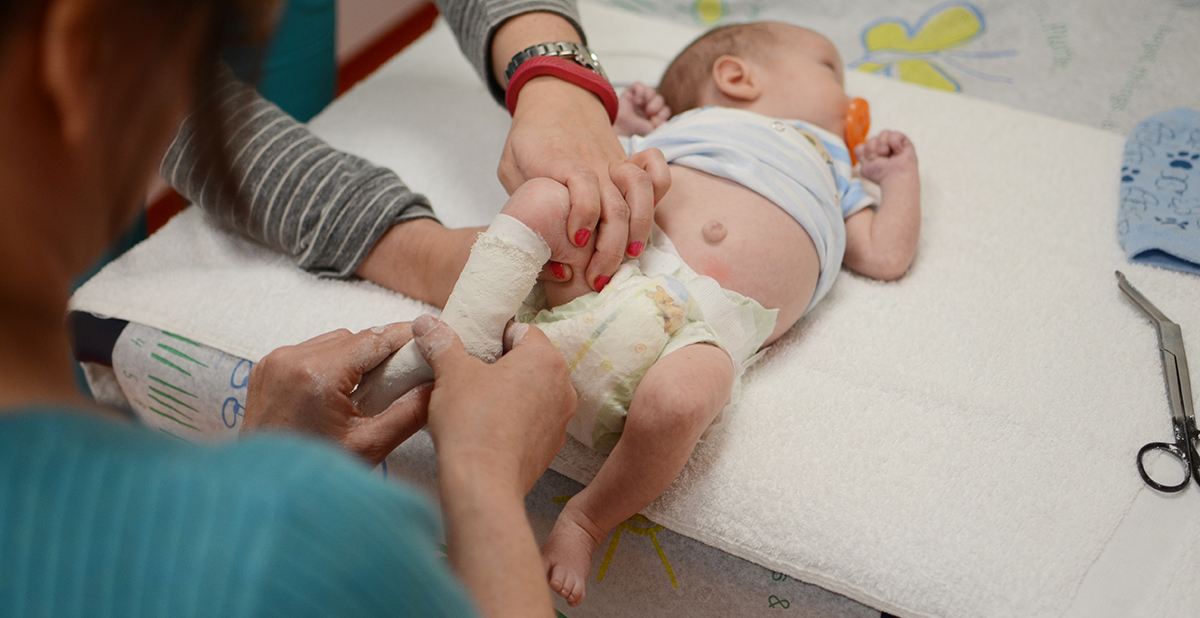
Clubfoot Foot Disorders
Q Tbn 3aand9gct6yvuixrefwsinrzfxc4b8t1fxnyv N9baqtm8vtcf22c3yiy1 Usqp Cau

Club Foot Images Stock Photos Vectors Shutterstock
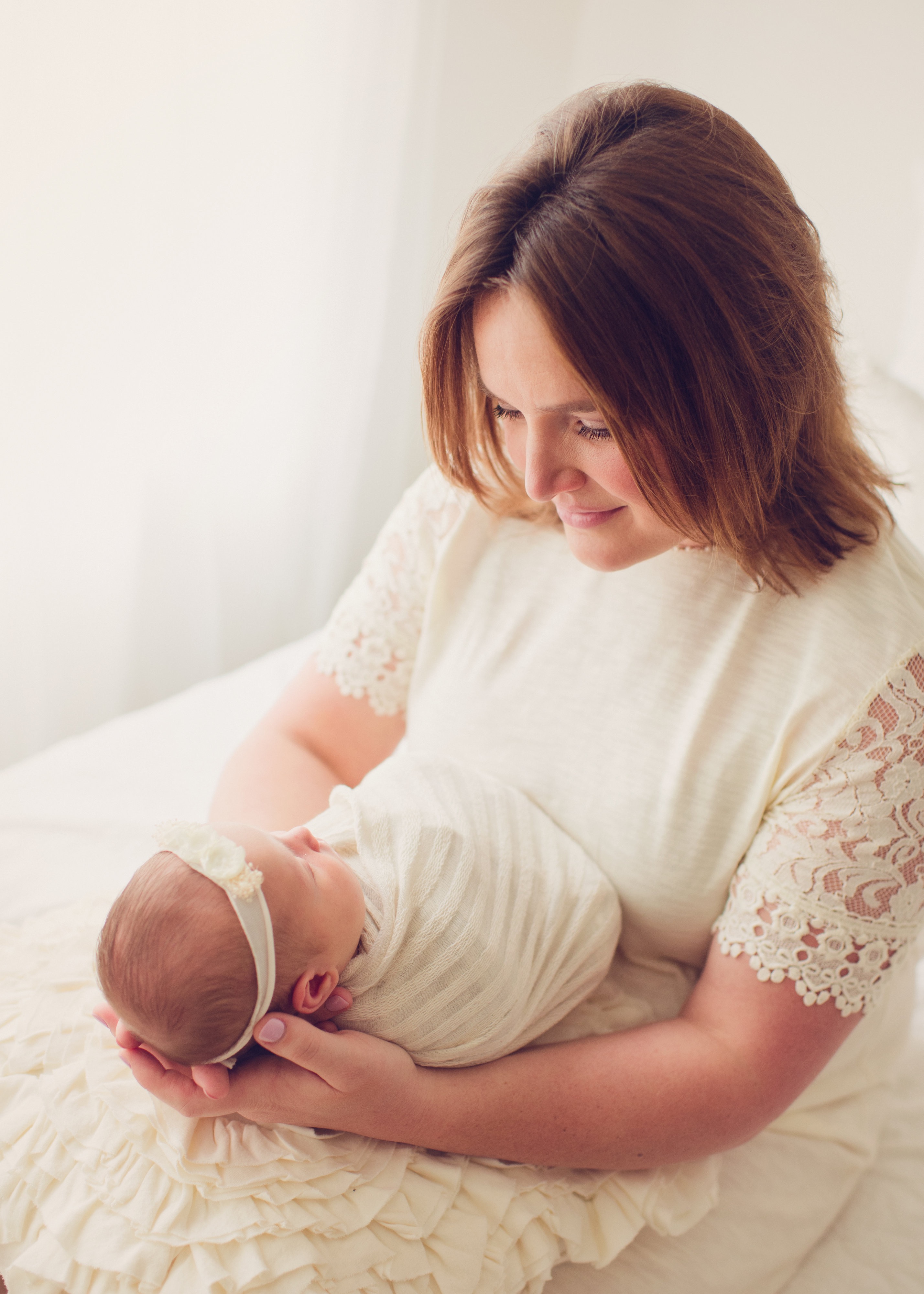
A Pair Of Shoes Can Change A Life Our Clubfoot Journey

Foot Problems Pediatrics Clerkship The University Of Chicago
/GettyImages-976611000-781e705fad0e43aca41e5f5fc82f7b7e.jpg)
Learn About Clubfoot Deformity In Newborns

Clubfoot Treatment In St Petersburg Florida
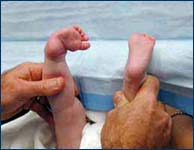
Clubfoot International Center For Limb Lengthening

Clubfeet Move And Play Paediatric Therapy
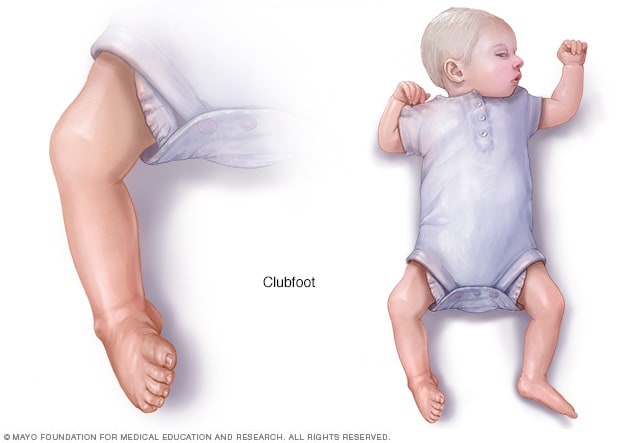
Clubfoot Symptoms And Causes Mayo Clinic

Bilateral Postural Clubfeet In Newborn Download Scientific Diagram
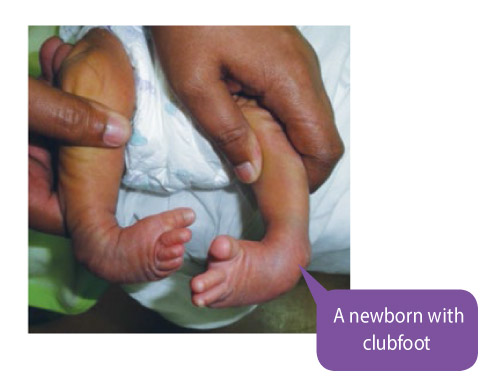
Treating Clubfoot Positive Parenting

Clubfoot Eorthopod Com

To Parents Of Children Born With Clubfeet University Of Iowa Stead Family Children S Hospital

About Clubfoot
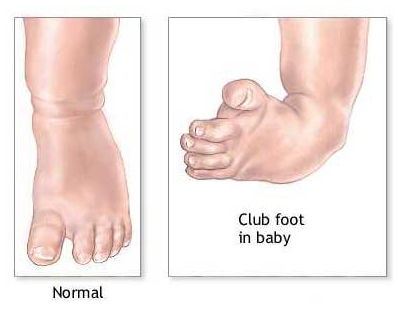
Babies Feet
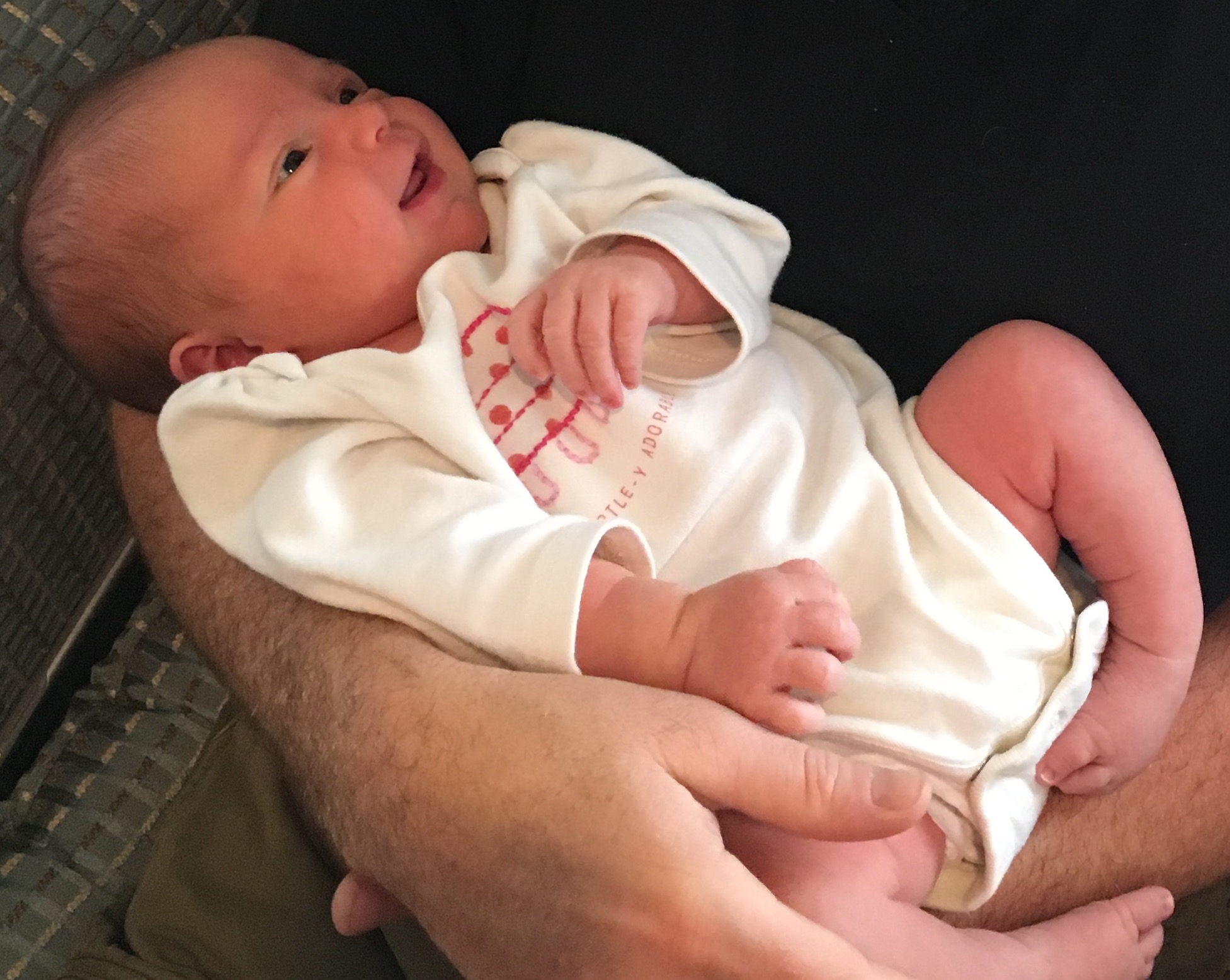
A Pair Of Shoes Can Change A Life Our Clubfoot Journey

Challenging Clubfeet The Arthrogrypotic Clubfoot And The Complex Clubfoot Journal Of Children S Orthopaedics
Clubfoot Orthoinfo os

Club Foot Shoes Baby Ponseti Shoes For Sale Club Foot Baby Club Foot Baby Cast

Clubfoot Photos The Clubfoot Club

Clubfoot Treatment With A Boots And Bar Orthosis

Clubfoot Healthdirect

Club Foot Shoes Baby Club Foot Baby Baby Baby Strollers
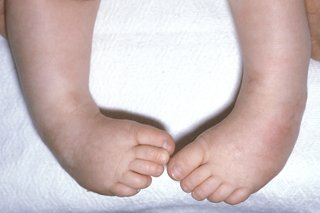
Club Foot Nhs
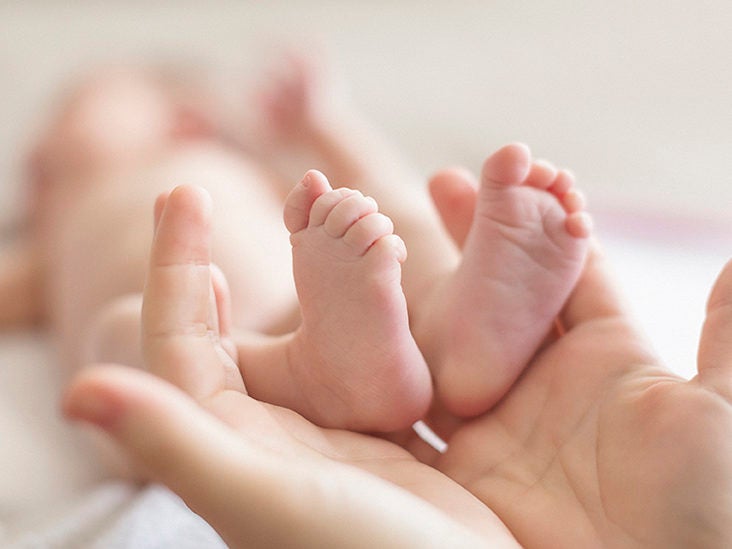
Clubfoot Repair Treatments Procedure Outlook
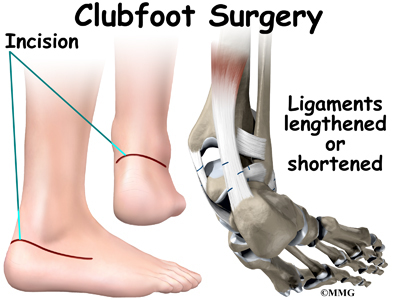
Clubfoot Eorthopod Com
Q Tbn 3aand9gcsl1hov1ytnchb8ycza8l9zjd Zfwndn1zgjnevjjclptvij1rv Usqp Cau
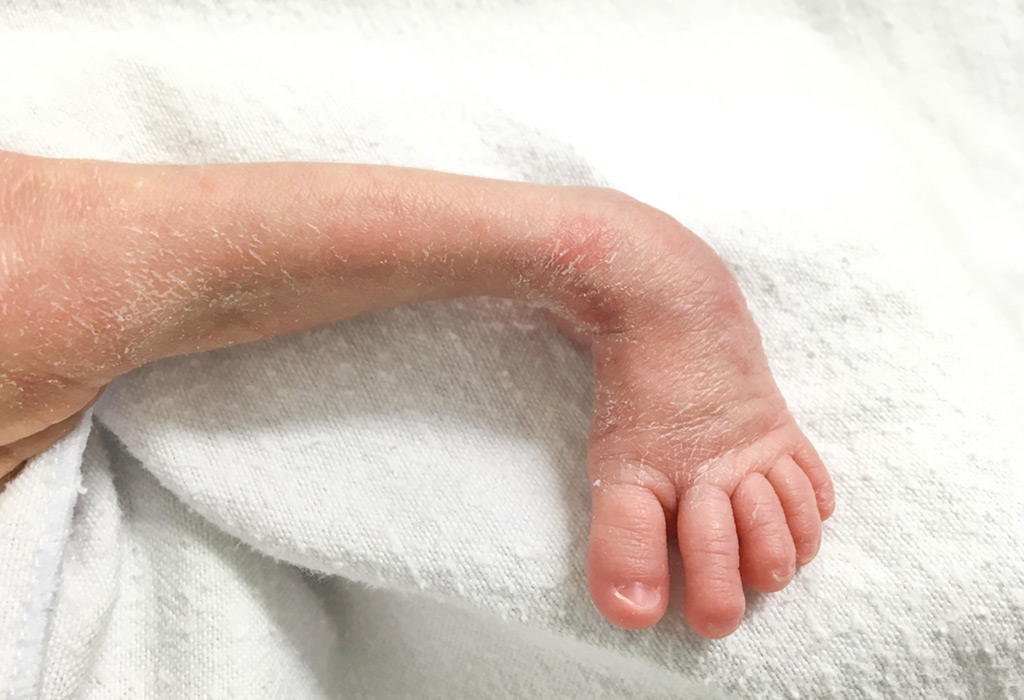
Club Foot In Infants Reasons Signs Remedies

Pin On Clubfoot
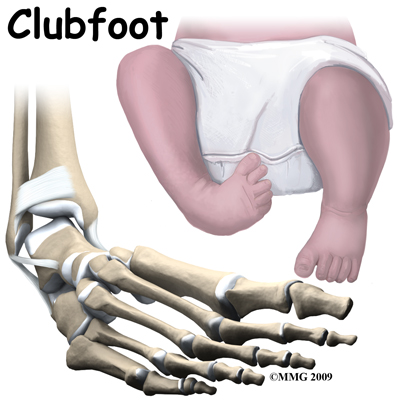
Physical Therapy In Long Island For Pediatric Issues Clubfoot

Positional Clubfoot

To Parents Of Children Born With Clubfeet University Of Iowa Stead Family Children S Hospital



